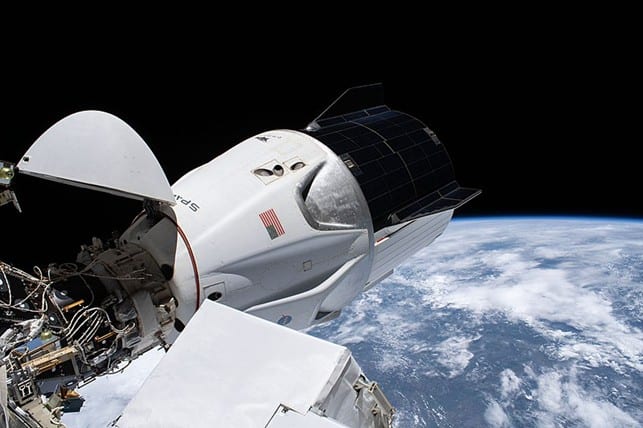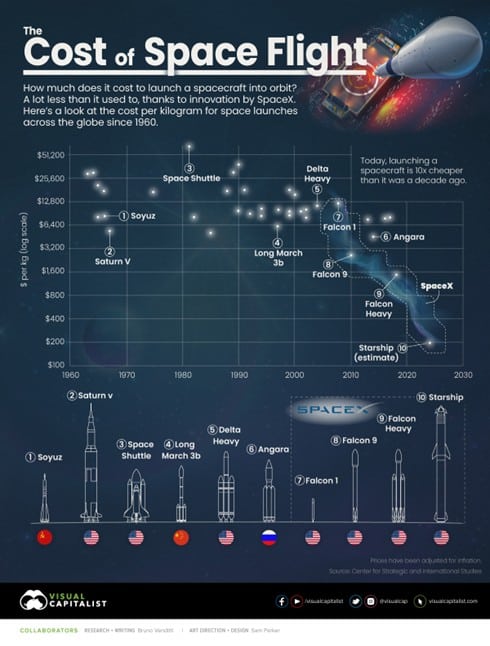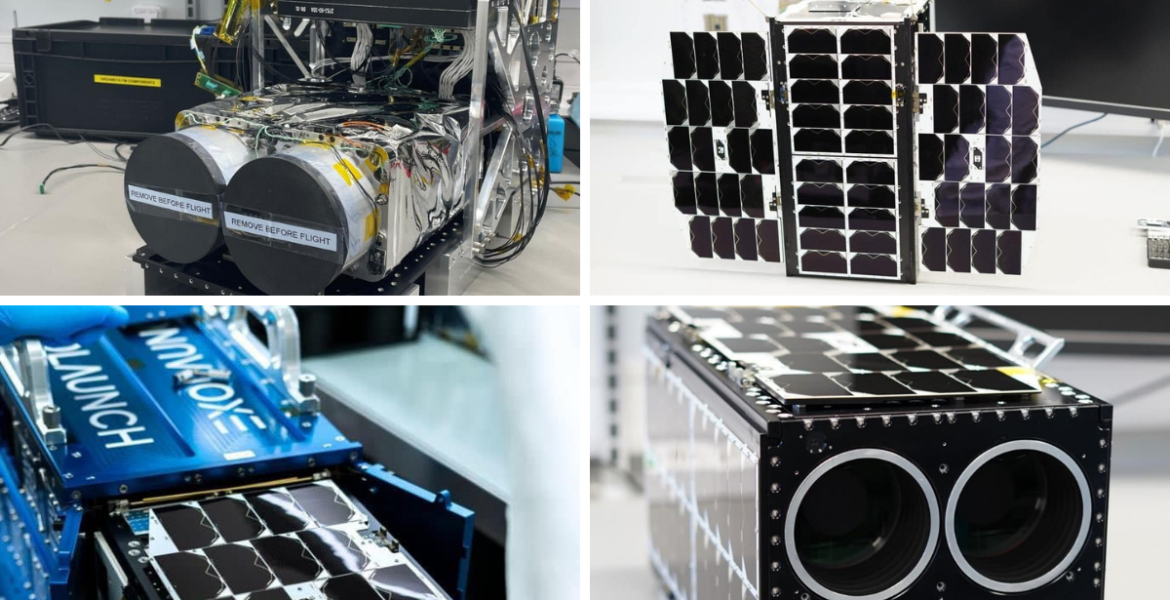In 2021, an ethnic Armenian received the Nobel price of Medicine for the first time. In 2022, the very first satellite for the count of Armenia was launched into space.
It was about time to see these stepping stones, in just two years time.
If only one ethnic Armenian, James Bagian, has flown two times into space, with the Space shuttle, numerous Armenians wrote recent glorious pages of space science, especially Viktor Ambartsumian, Benjamin Markarian and Alexandre Kermudzhian, who co-lead the Lunokhod soviet program in the 70s, with a motorized probe at the surface of the moon.
The world witnessed for a couple of years the start of space exploitation after the era of space exploration, only available for great power countries such as the USA, USSR, China and the EU.
In an over technological world to come, born in the 70s-80s, with a point of no return in the 2000s, stepping into space becomes necessary in order to remain a serious player and independent country on a technological point of view, with the alternative being left on the side of the road and outrun by others.
There are many ways to enter the space actors club. Being a rich country means you can gather clever people and advanced industry, allowing you to conceive, realize, and control each step, from the draft, to the rocket with the satellite at the top of it, and the infrastructure on the ground.
Or you have less, much less, but still in charge of the final step, the satellite itself. Of course, the most difficult and expensive part being the rocket, only reserved for few countries.
For about 10 years, independent companies, such Space X and Blue Origin, have made tremendous innovations in order to simplify and reduce the cost of launching anything to space, with reusable rocket, landing back safely on the ground like a spaceship from Star Wars.
Space X became a full partner of the NASA for supplying the ISS with the Dragon capsule, along with Boeing that get transport capability to the ISS a couple of weeks ago with their Starliner Capsule.


Many others took profit of these achievements decreasing the overall costs, along with more efficient technology and miniaturizing of the satellite, allowing other actors to enter the space club, such some universities, small countries or companies.

HellasSat, launched in 2003 was the first telecom satellite launched for the count of Greece, covering also Cyprus needs who don’t have -yet- a proper satellite for their use.
Nonetheless as they both belong to ESA (European Space Agency) with different level of involvement and responsibility (executive for Greece, partnership for Cyprus), the Hellenes can follow with pride the steps of their ancestors astronomers.
As previously mentioned the miniaturization and the technology helping a lot, the cost for a simple satellite can be drastically reduced. For 20 years, a new standard of small satellite, called CubeSat or NanoSat has been implemented, based on a 10cm side cube, weighting about 1kg.

High resolution digital camera, powerful microchip, efficient integrated electronics and communication system, all in a 1 liter volume, or 1 Unit (1U)… Potentially, like a Lego ©, you can stack them, in order to multiply the functionalities of the system with multiple units. And it works magnificently.
Since the 25th May, the very first satellite for the count of Armenia flies over in space. 16 units big (16U, ie 4x2x2 ), weighting roughly 15kg, it embarks two highly sensitive cameras in the visible and Near InfraRed spectrum allowing 2m ground resolution. Typically a car will be 2 pixels big.

The Armsat1 full name is Urdaneta/Armsat1, and is not a proper armenian made Nanosat, as it was made by the spanish company Satlantis (https://satlantis.com/urdaneta-launch/), in partnership with Geocosmos the space state company.
The launcher was a Falcon 9 block 5, launched from Cap Canaveral, delivering numerous satellites from a rack on a Sun Synchronized Orbit, about 530km above us.

For understandable reasons, the project was kept secret by Armenian authorities.
We don't know at this stage the degree of involvement of Armenia for this project and if any Armenian directly worked on it, but surely the specifications have met the country’s interests in term of observations spectrum (visible and heat signature of the Near InfraRed), resolutions and raw data control.
According to the information available to public eyes, and this is one of the most important point to rise, a command station should in 2023 be built in Armenia in order to have a full control on the satellite and the provided data.
Making such small satellite would have been technically possible for Armenia, but would have take a couple of months in best case, maybe years in order to fully complete the design, the tests and implementation to bring it to the top of a rocket. Time that Armenia did not have, for obvious reasons.
The first step is always the most difficult according the popular saying. But Armenia just did it. From now on, Armenia will get a precious independency for the geographic digitalization of the country, with multiple applications.
This experience will bring valuable know-how to Armenia in a domain in full growth, as the Moon and Mars are in sight.
Small satellites building does not present insurmountable technical obstacle to overcome, and Armenia could become an outsourcing country for such industry.
The last century was the one where raw material brought prosperity to exporting countries. Since the 80s, with the boom of multiple high tech industries and especially computers, we have entered a world where knowledge is worth more than oil.
Armenia cannot master all domains of high technology, but should cover as much strategic ones as possible, and Space is one of the most important.
Regis Robert DANIELIAN is a French-Armenian physicist graduated from Sorbonne University. He is a Network State citizen and a project manager at the Network State Energy Infrastructures department.
READ MORE: Armenia’s Ararat Valley – a sacred place for global dialogue.


